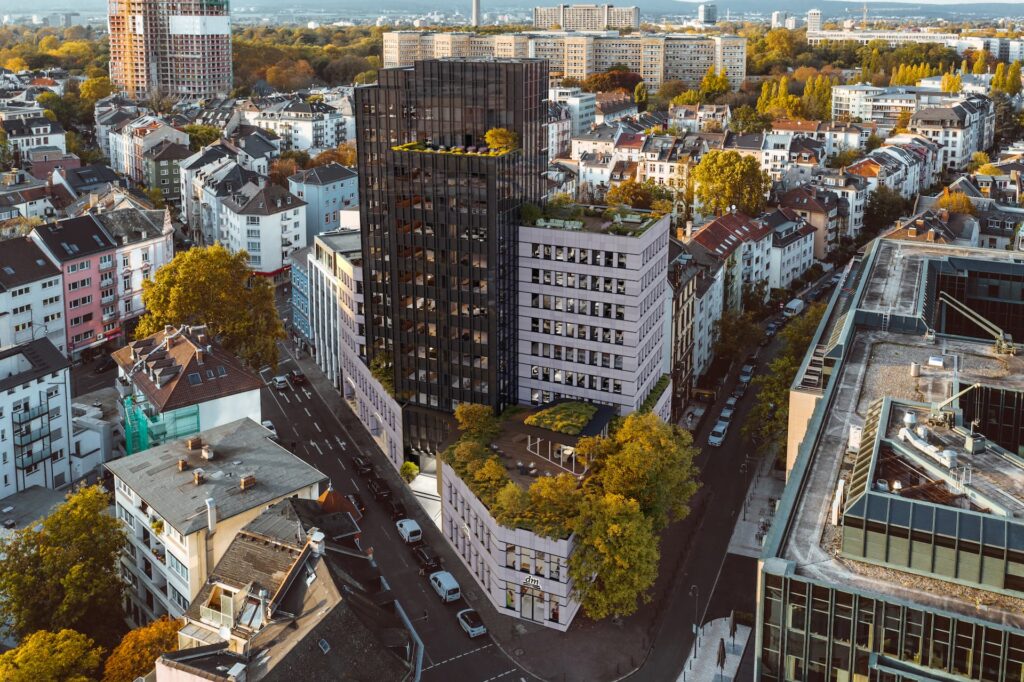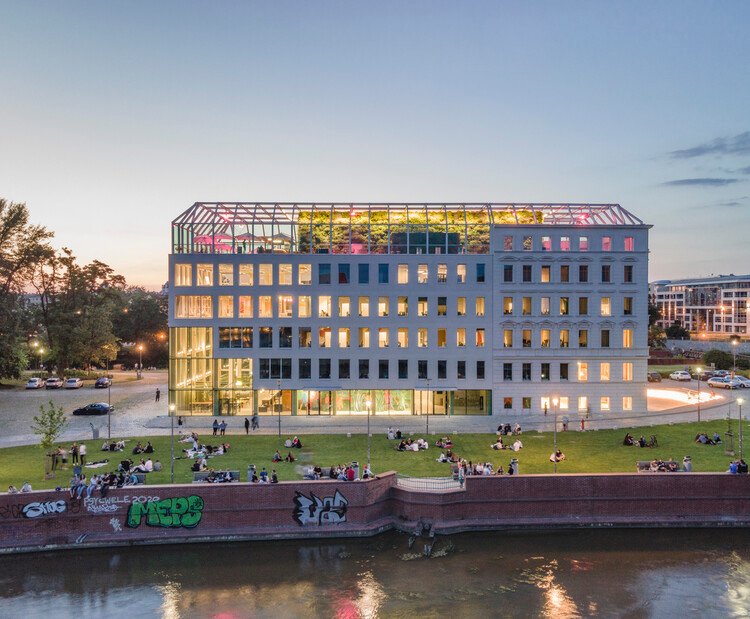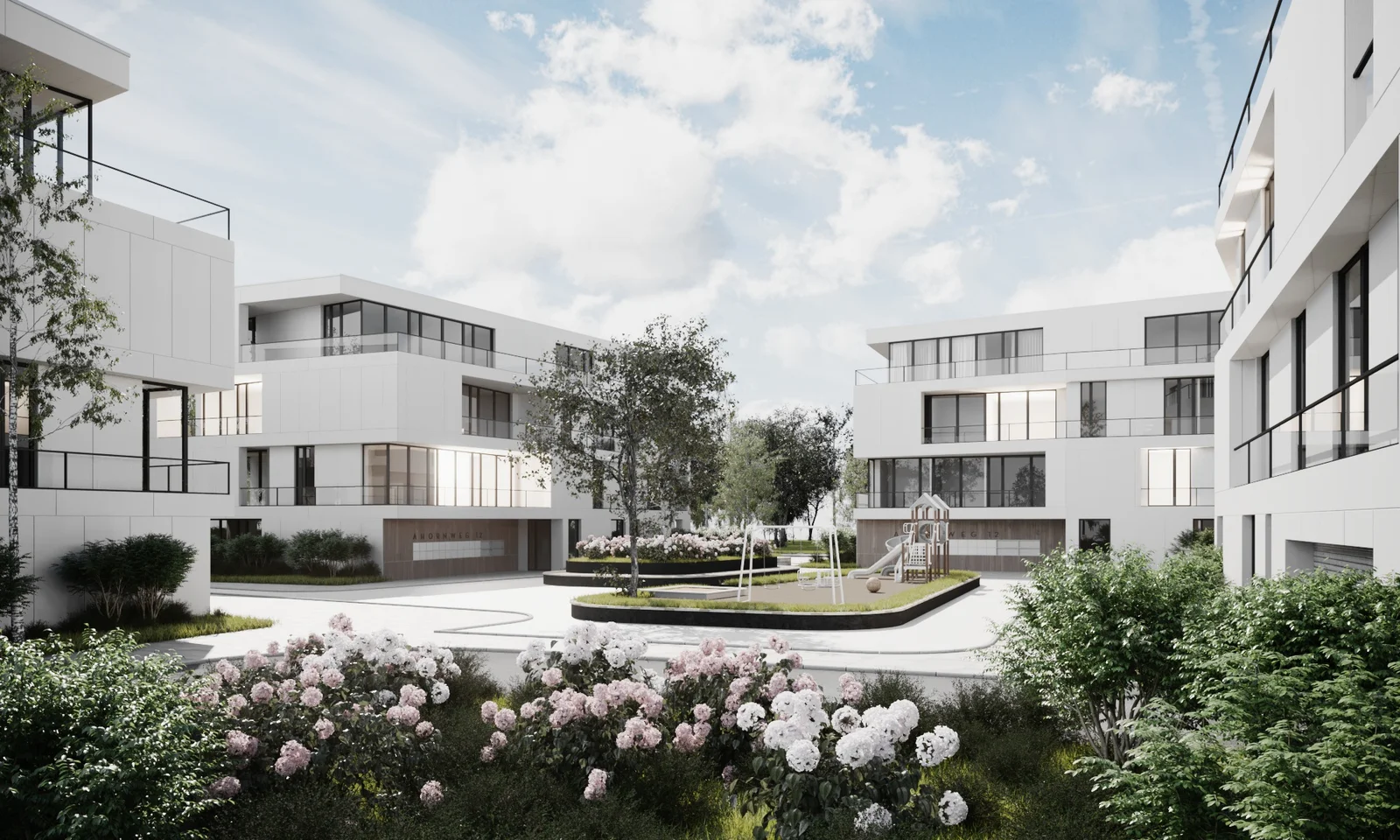How Digital Twins with 3D Renderings are Used for Smart Cities
As urban areas around the globe strive towards becoming more efficient and sustainable, the concept of ‘Smart Cities’ is rapidly gaining traction. At the heart of this movement lies a fascinating technology known as ‘Digital Twins’ which, when coupled with 3D renderings, is revolutionising urban planning and management. This blog post will delve into the intricacies of how digital twin technology, equipped with 3D renderings, is paving the way for smarter, more efficient cities.
Understanding Digital Twins
Digital twins are essentially virtual replicas of physical entities. These dynamic software models simulate their real-world counterparts in a live setting, enabling engineers, urban planners, and decision-makers to visualize, predict, and optimize performance. From buildings and infrastructure to systems and even entire cities, digital twins can virtually replicate any entity, thereby serving as a powerful tool for smart cities.
What Makes Digital Twins So Crucial?
Imagine being able to predict a city’s energy consumption, traffic congestion, or waste management needs before they even occur. That’s the power of a digital twin. By creating a comprehensive virtual model of a city, digital twins enable accurate forecasting, proactive problem-solving, and strategic planning, all of which are key to building and managing a smart city. This technology is not just about visualizing data; it’s about using that data to make informed decisions and drive actionable insights.
The Role of 3D Renderings in Digital Twins
The use of 3D renderings takes the functionality of digital twins a step further. By creating lifelike, detailed replicas of cities and their components, 3D renderings make digital twins even more accurate and insightful. This visual element not only aids in understanding complex data but also enhances predictability and decision-making. Whether it’s planning a new infrastructure project or assessing the potential impact of a policy change, 3D renderings equip city planners with a realistic, holistic view of the scenario.
Understanding the Concept of Digital Twins in 3D Renderings
What is a Digital Twin?
A digital twin refers to a digital replica of a physical entity. In the context of smart cities, it can be a virtual model of a process, service, or a physical infrastructure in the city. This includes buildings, roads, water systems, power grids, and more. The digital twin with 3D rendering allows for a more intuitive and detailed representation of these elements, making it easier to understand, analyze, and optimize them.
The Role of 3D Rendering in Digital Twins
3D rendering plays a critical role in creating digital twins. It is the process of producing an image based on three-dimensional data stored within a computer. With 3D rendering, physical structures and systems in a city can be precisely modelled in a digital space. This not only includes the exterior appearance but also the interior details and functioning of these systems.
The Application of Digital Twins with 3D Renderings in Smart Cities
Urban Planning and Development
Digital twins with 3D renderings are proving to be a game-changer in urban planning and development. City planners can use these digital replicas to visualize new infrastructures and their potential impact on the existing city environment. They can simulate different scenarios, such as traffic patterns, population growth, or climate change impacts, and make informed decisions accordingly.
Maintenance and Management of City Infrastructure
Digital twins also play a significant role in the maintenance and management of city infrastructure. By continuously gathering and analyzing real-time data from various sources, these digital models can predict potential problems before they occur. For instance, a digital twin of a city’s water system can detect a potential leak or contamination and alert the authorities in advance.
The Future of Digital Twins with 3D Renderings in Smart Cities
Enhanced Decision-Making Process
With the ability to simulate and visualize various scenarios, digital twins with 3D renderings will enhance the decision-making process in smart cities. They will provide city planners with a holistic view of the city, enabling them to make more informed and accurate decisions.
Towards a Sustainable Future
The use of digital twins will also contribute to creating more sustainable and resilient cities. By optimizing resource utilization, reducing waste, and improving efficiency, these digital models can help cities achieve their sustainability goals. In the face of growing urbanization and climate change challenges, digital twins with 3D renderings will be an indispensable tool for smart cities.In conclusion, the use of digital twins with 3D renderings for smart cities is a groundbreaking technological advancement. It optimizes urban planning, improves infrastructure maintenance, and enhances the quality of life for citizens. By creating virtual replicas of physical entities, city planners can make decisions based on accurate data and predictive analytics, reducing costs and maximizing efficiency. As smart cities continue to evolve, digital twins will undoubtedly play an increasingly significant role in shaping our urban landscapes in an innovative, sustainable, and smart way.







